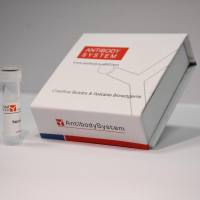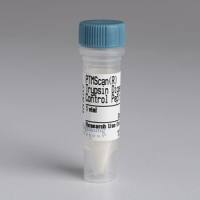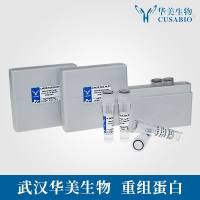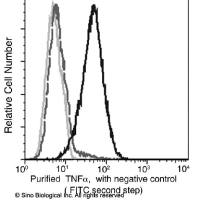Phage display has represented a phenomenal technological advance of the last two decades. This technique is a very effective way of producing large numbers (up to 1012) of diverse peptides and proteins (including antibodies), presented as fusion proteins on the viral capsid, that can be used for isolating specific molecules for therapeutic targeting. The increasing realization of the importance of the vascular endothelium in chronic inflammation as well as in neoplastic growth/spreading has prompted the targeting of blood vessels using phage display. This technique has been very successful in vivo in animals in selecting tissue specific vascular determinants. However, one disadvantage of using “pure” animal models is that the ligands obtained in this way are, by definition, specific for the targeted animal and might not bind to the human homologues. For this reason we have developed a novel approach using in vivo phage display selection against human tissues transplanted into SCID animals. In particular, we have focused on the transplantation of human synovium, although we have also successfully grafted skin, lymphoid, and fetal gut into these animals. The strength of this model is that the human graft blood vessels form functional anastomoses with mouse subdermal vessels that allow the target of lumenally expressed human molecules via the mouse circulation. Here we first describe the technical procedure for the in vivo selection of synovial homing phage using a commercially available peptide phage library in SCID mice transplanted with human synovium. This is followed by the description of the quantification and isolation of putative synovial specific peptide sequences. Finally, we describe the methodology used to confirm peptide-binding specificity including a competitive inhibition assay with synthetic peptide and the parent phage. The information provided should enable the reader to apply this technology in an in vivo setting to target human tissues in order to identify novel organ specific determinants as well as to develop tissue specific drug delivery systems.






